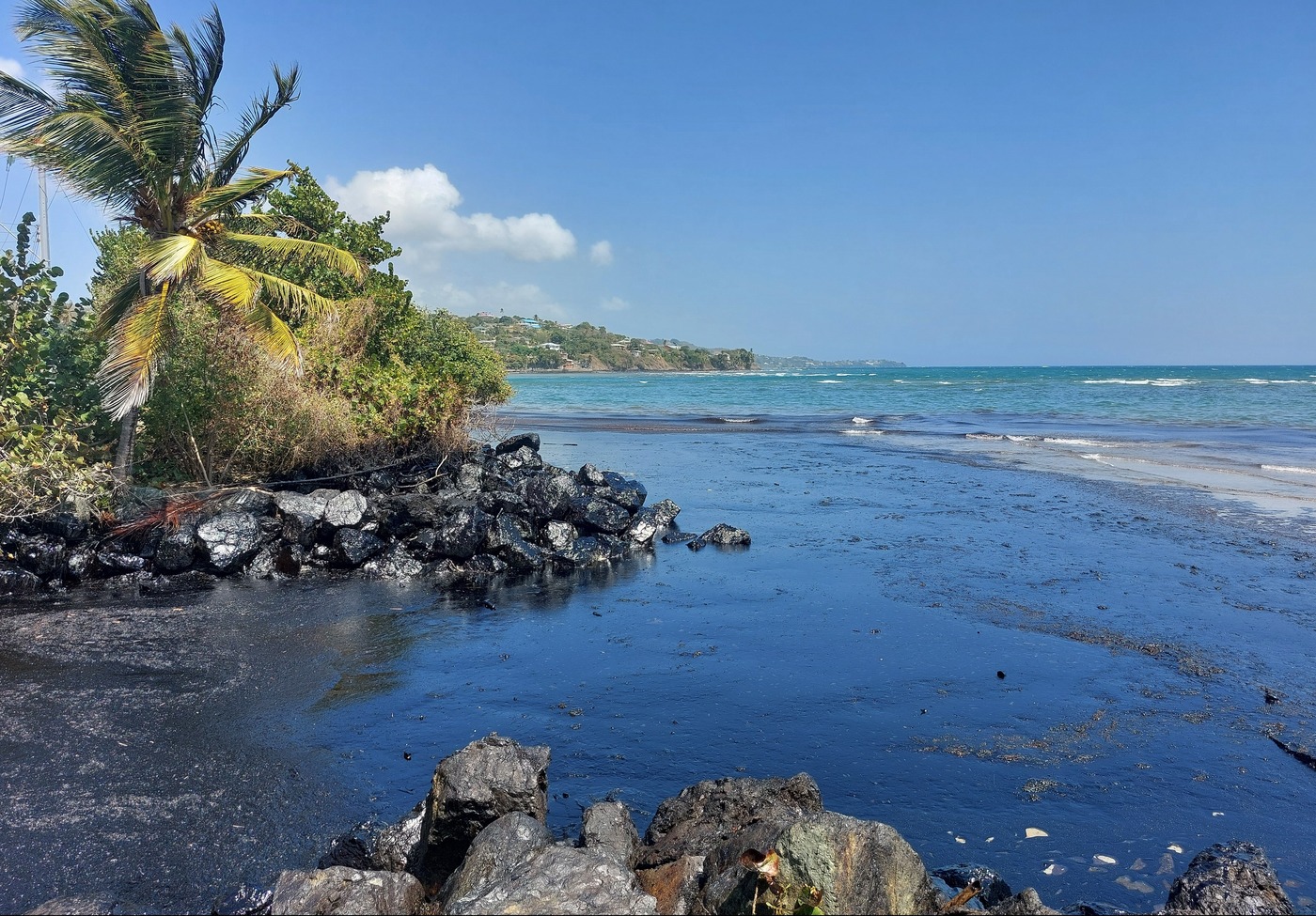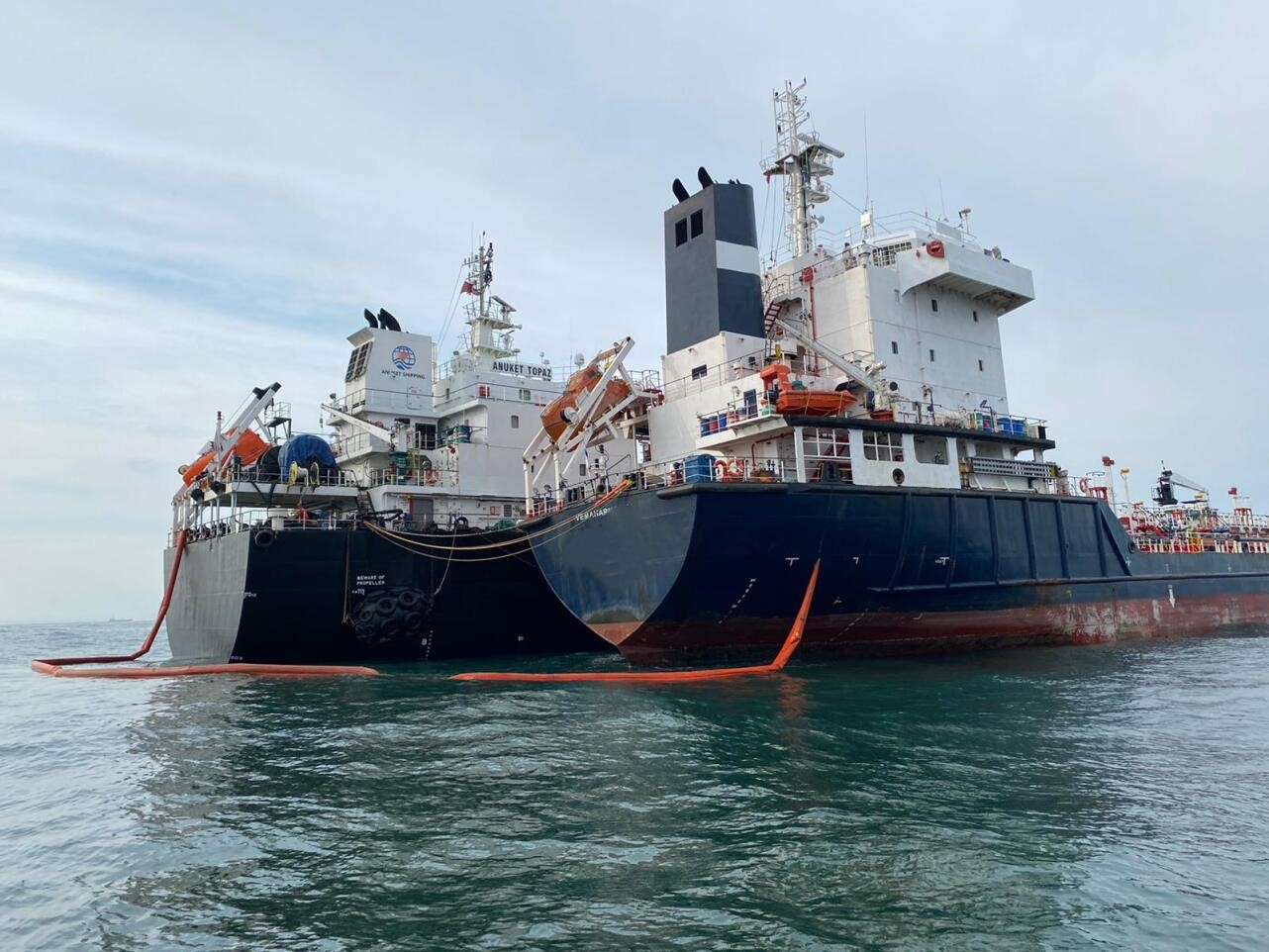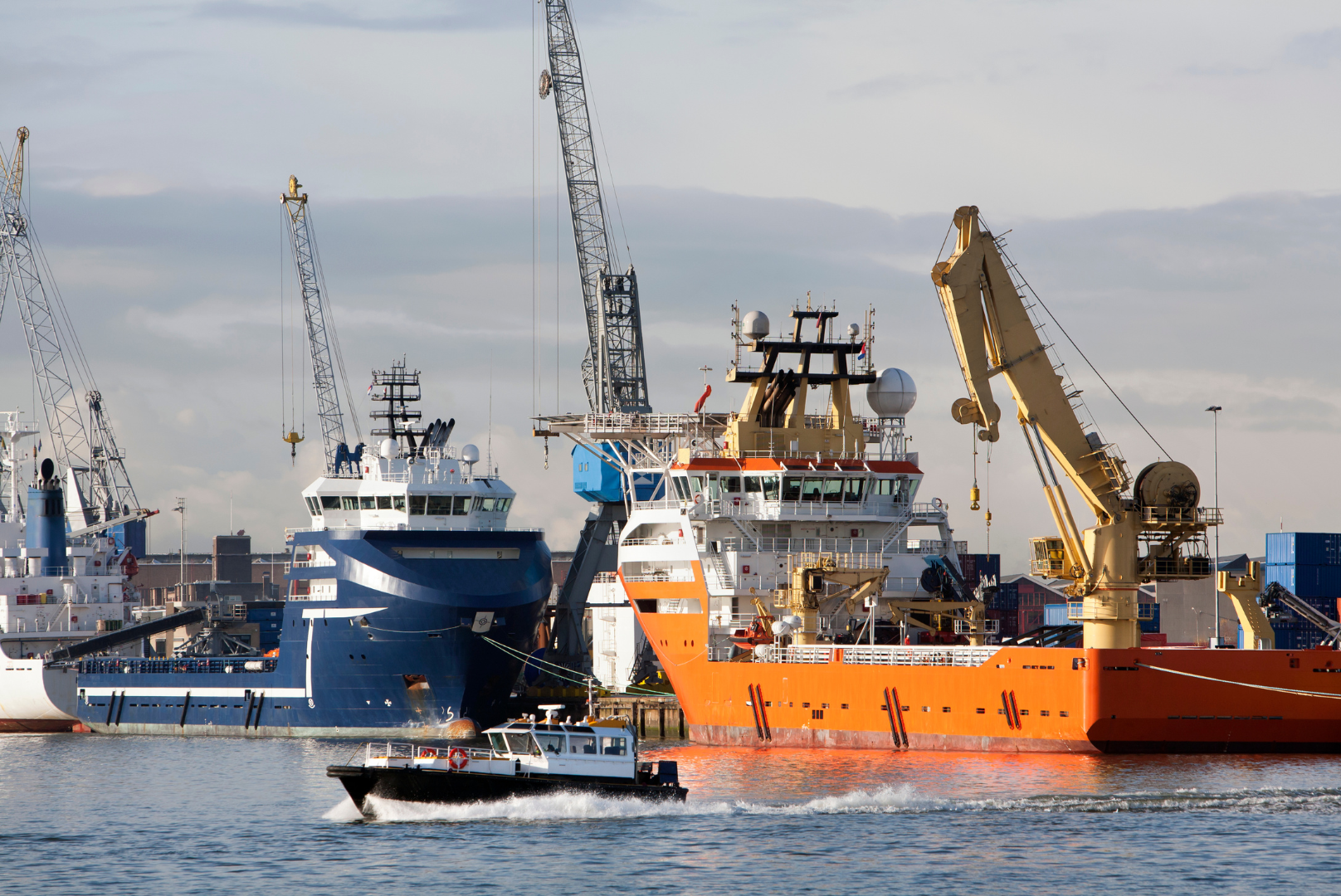Introduction
Thailand’s IESG (Oil Industry Environmental Safety Group Association) is a cooperative dedicated to developing the South East Asian nation’s incident prevention capabilities and its ability to respond to oil spills and emergencies related to oil industry operations across the country.
OSRL was engaged by the IESG to assess its oil spill response equipment stockpile and its capability to support in-country oil spill responses, up to Tier 2. Thailand’s Tier 2 capability is unique; representing a coalition between the government, IESG, and its constituent member organisations.
The following case study highlights the scale of the capability review which was completed and the resulting improvement recommendations delivered to all three parties regarding their current equipment stockpile management in terms of quantity, strategic placement and maintenance regime.
Capability Review
Improving the Oil Spill Preparedness Strategy for Thailand
Enhancing response readiness across the oil industry through effective response engagement
Oil Industry Environmental Safety Group Association (IESG) is an industry cooperative for incident prevention and effective response to oil spill and emergency associated with oil industry operations in Thailand. OSRL was engaged by IESG to assess their oil spill response equipment stockpile capability to support in-country oil spill responses up to the Tier 2 capability. Thailand’s Tier 2 capability is unique; a coalition between the government, IESG, and its members defines the resources required to respond to an oil spill incident. This case study highlights the scale of the capability review completed which resulted in series of recommendations to all the three entities on improvement opportunities of their current equipment stockpile management in terms of the quantity, strategic placement, and the maintenance regime.
Background
The current oil spill response capability setup in Thailand started in the 1980s by the oil industry (through establishment of the IESG) and the government. Whilst a few sporadic improvements have been carried out, it is apparent that much of the oil spill response equipment is dated, some has even exceeded its effectiveness.
As part of their five-year strategy plan, IESG first engaged OSRL/EARL in 2006 to review oil spill preparedness and response capability of its members in conjunction with the government plan and resources for dealing with a Tier 2 oil spill response in Thai waters. The association then engaged OSRL in 2012 to assist with reviewing and planning for their equipment readiness and purchase. In 2017, OSRL was again engaged to carry out another assessment to support planning for IESG’s next five-year equipment improvement program.



Identifying Areas For Improvement
The outcome from the capability review conducted in 2012 identified that the quantity of Tier 2 equipment stockpile was of less concern than its state of readiness for deployment and the management structure of Tier 2 organisation. Following this 2012 review, IESG developed a plan to address the high priority issues such as establishing the core team, repairing damaged equipment, and relocating the stockpile to a location with ease of accessibility and logistics to support rapid and effective deployment.
Five years later in 2017 after ensuring the initial plan implementation, IESG was ready for its next phase review. The specific objectives agreed between OSRL and IESG in conducting this review were:
-
Assess the collective marine oil spill risk profile of IESG’s members in Thailand
-
Define the measures required as identified by the risk profile
-
Assess IESG’s current equipment suitability and capability to support Tier 2 oil spill incidents for their members
-
Examine gaps on equipment readiness and stockpile management
-
Provide observations and recommendations, particularly for the equipment purchase plan.
IESG initiated this assessment to review their current equipment stockpile capability, taking into account the unique equipment- sharing arrangements between industry’s Tier 1 equipment, the government’s stockpile and their own.
As part of the review, a team of three OSRL and two IESG personnel visited several stockpile locations, including two IESG’s, two government’s, and 14 Tier 1 stockpiles owned by operators. The majority of the stockpiles are located nearshore, in south and central Thailand.
The areas of improvement and recommendations were identified based on the outcome of the collective marine oil spill risk profile of IESG’s members. It also took into consideration the availability of Tier 1 equipment from other members and the national resources available, in accordance with applicable legislative requirements. These recommendations are also in line with international best practice, covering the fundamental elements of oil spill preparedness.
Solution
OSRL completed the review in a progressive manner by first assessing the oil spill risk profile of the whole country, and then reviewing the equipment conditions and maintenance regime for IESG, their members’ and for the government stockpile.
An immense effort from both IESG and OSRL actively engaged multiple stakeholders including IESG management, member’s representative, Thailand’s Marine Department, and numerous oil and gas operators. Relevant input and concerns were captured to ensure the recommendations aligned with the oil spill risk and the needs of the country’s oil spill preparedness and response.
Close collaboration between IESG and OSRL was essential to the success of the project. The areas of improvement identified and the recommendation provided were ‘spot on’ and highly appreciated by IESG and its members. OSRL also worked closely with the IESG team to develop the equipment improvement program. The resultant recommendations were brought forward to IESG’s management and to their members through an internal workshop.

Result
One of the key recommendations highlighted from this activity was the standardisation of the equipment maintenance regime. The awareness and implementation of an industry-standard maintenance regime can build confidence to assure collective readiness in responding to an oil spill.
This five-yearly review demonstrated how OSRL can work with multiple stakeholders, in this case IESG, its members and the Government of Thailand, to achieve cooperative commitment. towards continuous improvement for oil spill preparedness and response.

Conclusion
This project provided OSRL the rare opportunity to participate in a country-wide, strategic plan for oil spill preparedness. IESG supported OSRL from the initial planning process by defining the scope of the review, gathered information on their member’s operations and worst case spill scenarios, coordinated with the members on the site visit agenda and arranged logistics to transfer OSRL personnel to four different cities where their members were located. Upon receiving the draft report, IESG disseminated the report to their members and compiled feedback to OSRL before the report was finalised. IESG then held a workshop with their members to present the findings of the review and steer the good practices that were recommended by OSRL.
Through this effective collaboration with IESG, OSRL was able to engage with various oil and gas operators and the Thailand Marine Department to share our experiences and advocate good practice on equipment stockpile management. OSRL also gained greater understanding on the operational risks for the oil and gas industries within the Gulf of Thailand and Andaman Sea which would benefit our members in the region.
OSRL will continue to engage with IESG to share knowledge and good practice in oil spill response and ensure they maintain a high level of preparedness so IESG is ready to respond in the event of an incident.


Download the Case Study
Are you prepared to respond?
Assess your level of preparedness to respond to an oil spill incident with our Ready Check Tool.






